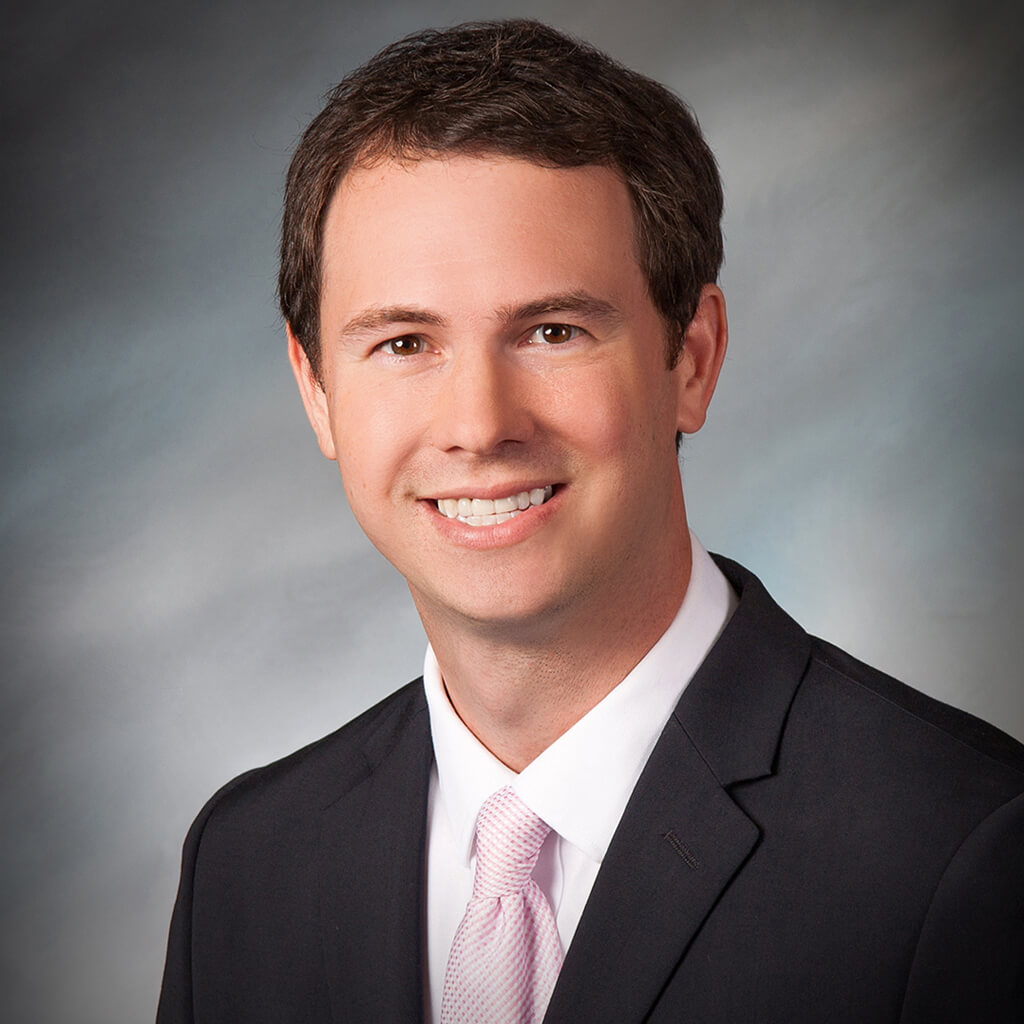Was “always be diversified” the most important lesson from 2022?
2022 presented several useful investing lessons. The news was full of reports about high inflation, yet many assets that were supposed to be good hedges against inflation were down. This is an example of how it is wise to expect the unexpected.
Nonetheless, while there were many ways you could have hurt your portfolio trying to time the market based on the news, the most important lesson from 2022 may be that always being diversified remains critical to achieving good outcomes.
There are several layers to diversification and the value of these was on display in 2022.
One layer of diversification is diversifying away the risk that a single holding will dramatically drop in value and cause you harm. This is very important because any individual holding can plummet in value. A study by Hendrik Bessembinder, “Do Stocks Outperform Treasury Bills?,” published in the September 2018 issue of the Journal of Financial Economics covered the period 1926-2015 and included all common stocks listed on the major U.S. stock exchanges, the NYSE, AMEX and Nasdaq. Bessembinder found:
- If you put all your wealth in the stock of a single company, it is far more likely you would be broke than substantially richer within ten years.
- Less than half of stocks (47.7%) had returns greater than the one-month Treasury rate.
- Only half (49.2%) of common stocks had a positive lifetime holding period return, and the median lifetime return was -3.7%.
In 2022, several of the most followed stocks suffered much higher losses than the market as a whole. Alphabet (Google), Meta (Facebook), Netflix, Tesla, and Amazon all finished the year down between 39% and 64%. Funds concentrating on technology stocks took similar beatings. Those kinds of losses are common with individual stocks but more broadly diversified mutual funds rarely have had such severe losses, have never lost all their value, and usually provided higher returns than short term treasuries and inflation.
Another layer of diversification that paid off was diversifying among different asset classes. While the S&P 500 Index of large U.S. companies dropped over 18%, several other asset classes performed better. For instance, many investors who owned funds that held small companies, foreign companies, or so-called value stocks fared relatively well.
2022 was not a good year for financial markets – but if one was not broadly diversified, the losses on both stocks and bonds could have been much worse.
A third layer is diversifying between bonds and stocks. Done properly, the bonds serve as ballast against the volatility of stocks. This typically is evident in times of crisis such as 2020, when the Covid shutdowns occurred and in 2008, with the onset of the global financial crisis.
2022 was different. Bonds had one of their worst years but the extent of the decline investors experienced is a function of the types of bonds held. By diversifying the bond holdings over a range of short to intermediate term maturities and keeping credit quality high, losses on bonds in 2022 could be lower than those on longer term bonds. For instance, a Five-Year U.S. Treasury security dropped over 9% during 2022, whereas the Bloomberg U.S. Treasury 10-Year Bond Index dropped 16.3% and TLT a fund that holds Treasuries with an effective maturity of 25 years fell 31%, according to Morningstar.
2022 was not a good year for financial markets – but if one was not broadly diversified, the losses on both stocks and bonds could have been much worse. Diversification is not a guarantee against loss but it’s a key method of managing risk and can be an excellent defense against catastrophic loss. Diversification, implemented with patience and discipline remains the most reliable path to a good investment experience. Invest, don’t speculate.
Making News…
We continue to help various media outlets provide sound information to their audiences. (Some links may require a subscription to view.)
Charlie Fitzgerald, CFP®, Derrick Chandler, CFP®, Tommy Lucas, CFP® EA and Casandra Garrett, CFP® participated in a call-in event on October 16 for the Orlando Sentinel. The Sentinel has highlighted several of their responses in its “Ask An Expert” feature. On February 9th, the publication highlighted responses from Charlie Fitzgerald, CFP®, and Casandra Garrett, CFP®. Charlie answered a question about consolidating IRA accounts and Casandra mentioned an interesting way to use a tax refund.
DJ Hunt, CFP® writes a periodic column for Rethinking65 a retirement planning focused site for advisors. He recently penned a column about new Roth account provisions.
Dan Moisand,CFP® continues to write for MarketWatch and Florida Today. Click on the links to read some of his published articles:
I forgot to take my RMD — now what? – MarketWatch
Don’t play whack-a-mole with your retirement investments – MarketWatch
Can I convert my required minimum distribution to a Roth IRA? – Florida Today
Can I max out my 401(k) late in the year?-MarketWatch
My dad makes charitable donations from his IRA. Can I do the same with my 401(k)?-MarketWatch
Should I do a Roth conversion to offset stock losses?-MarketWatch
My parents died and the estate won’t give us the funds from their IRAs – MarketWatch
Do I have to pay tax on this Roth IRA conversion? – MarketWatch
In the News…
One of our firm’s core values is Lifelong Learning. As such, our firm was well represented at the annual Symposium held by the Central Florida chapter of the Financial Planning Association, February 6 & 7th. Mike Salmon, CFP® EA, Ron Tamayo, CFP® EA, Charlie Fitzgerald, CFP®, Derrick Chandler, CFP®, Tommy Lucas, CFP® EA, DJ Hunt, CFP®, Paula Rocha, EA, Ryan Osborne, CFP® EA and Casandra Garrett, CFP® EA all attended. Stand out sessions included an economic overview from a representative of the Jacksonville office of the Federal Reserve, a briefing from Citizens Insurance on the sad state of the homeowner’s insurance market in Florida, and an engaging program on the Code of Ethics and Standards of Conduct for CFP® professionals.

If you are a member of an organization in need of a personal finance speaker, we are happy to talk with your group’s organizers about helping out at no cost.
Dan Moisand,CFP® began his service January 1st as Chairman of the Board of Directors of CFP Board, the organization that grants and administers the CFP® marks and enforces the organization’s Code of Ethics and Standards of Conduct for the more than 95,000 CFP® professionals in the U.S. Florida Today took note in its Business Newsmakers feature. Several trade publications also ran stories about Dan including RIA Intel, WealthManagement, Financial Advisor IQ, ThinkAdvisor, Financial Planning, InvestmentNews, Financial Advisor, and CityWire
Tommy Lucas, CFP®, EA provided financial tips for the new year for WMFE. You can read a summary or listen to the segment here. Tommy also contributed his thoughts to CNBC on the following topics: IRS warns taxpayers about new $600 threshold for third-party payment reporting, Roth IRA conversion taxes may be trickier than you expect, Here’s what to know before filing — or converting funds in 2023, and 5 tax and investment changes that could boost your finances in 2023 amid economic uncertainty.
CNBC reporters rely on us for many of their stories. Charlie Fitzgerald, CFP® was tapped for a piece on the poor performance of the bond market and what 2023 might hold.
Things We Found of Note
87% of working Americans report feeling stressed about their finances with 49% unsure what it takes financially to retire (NAPFA)

